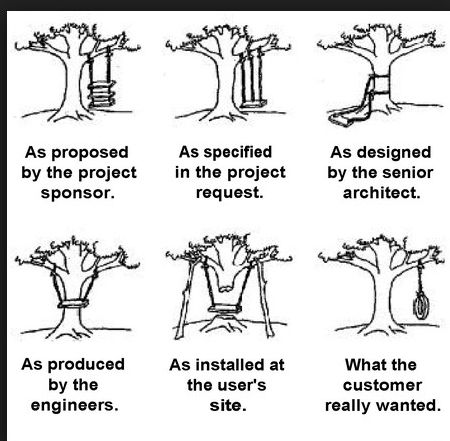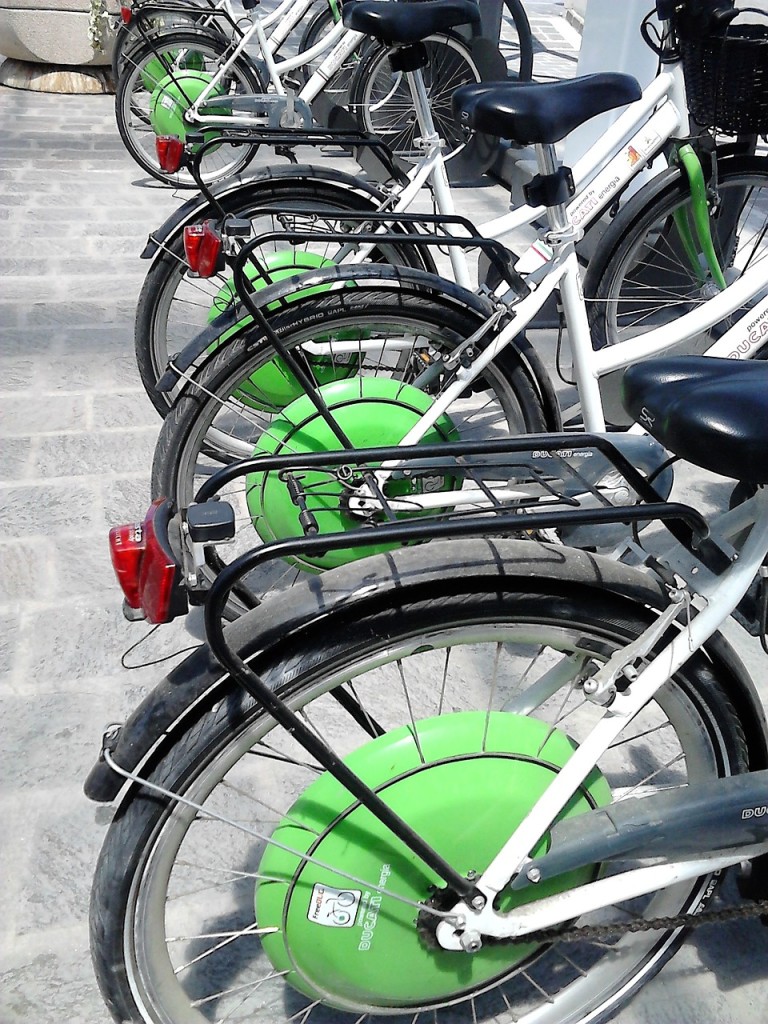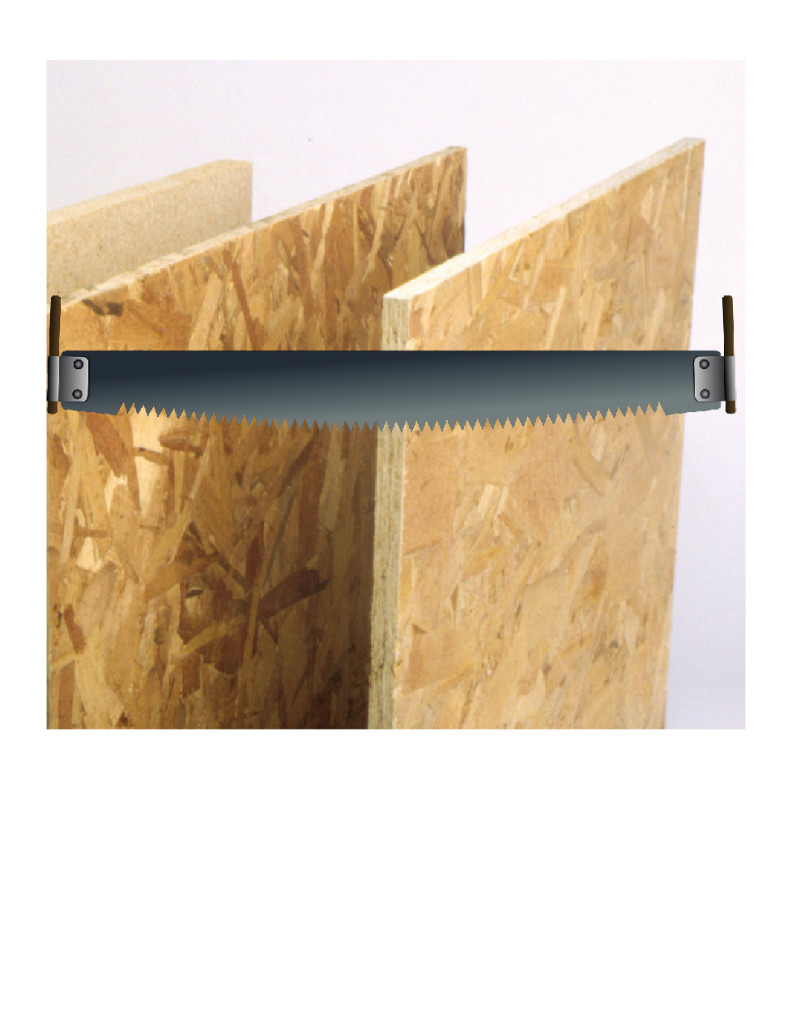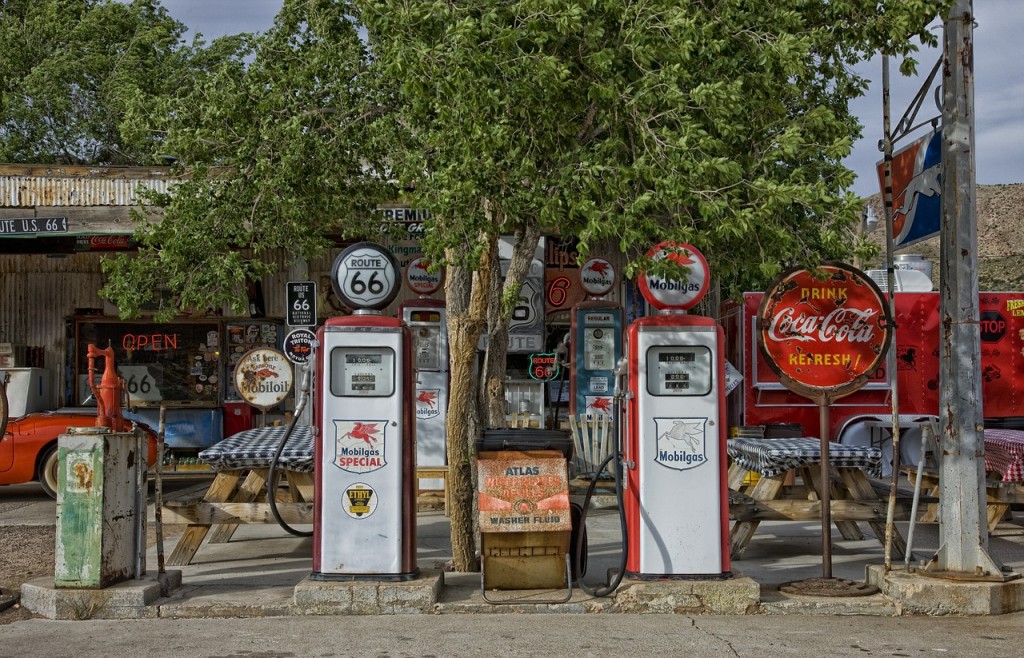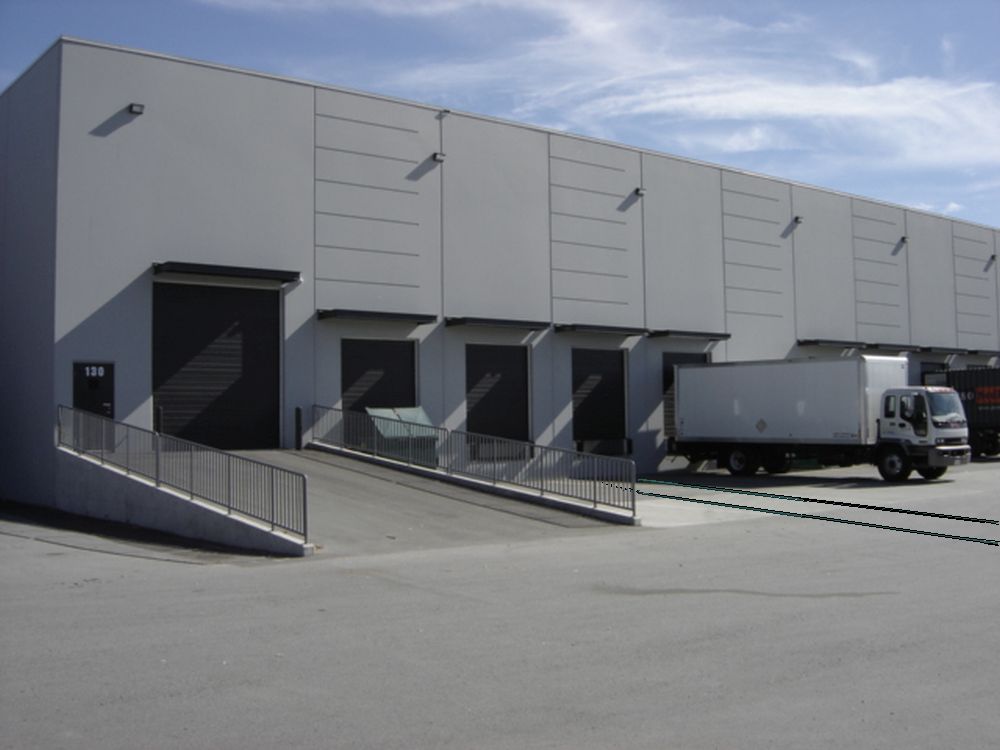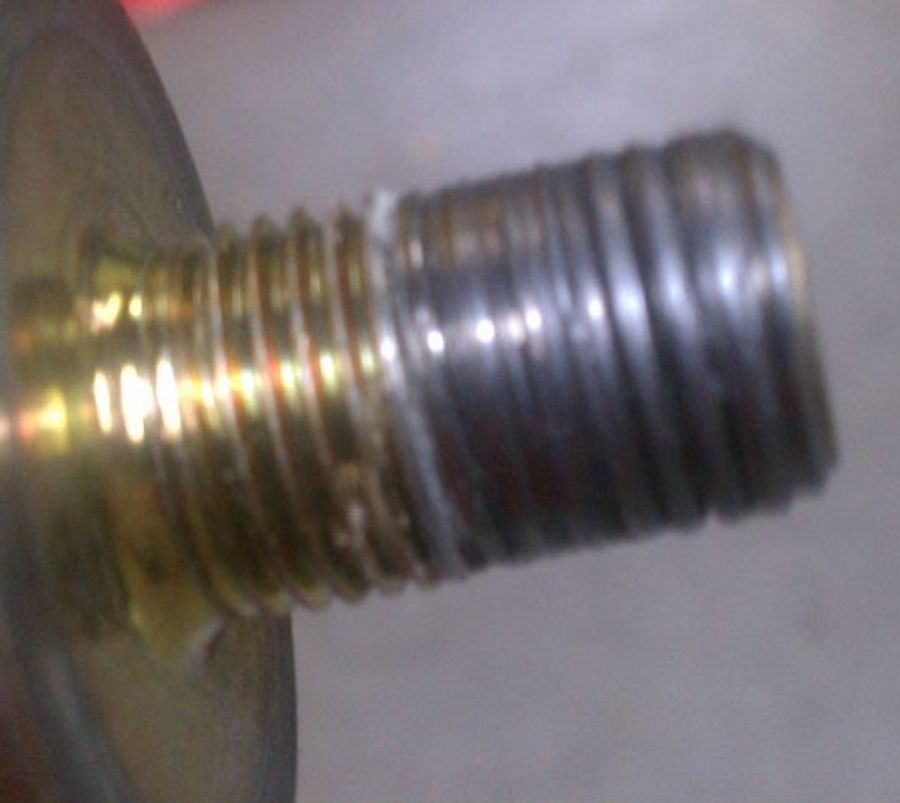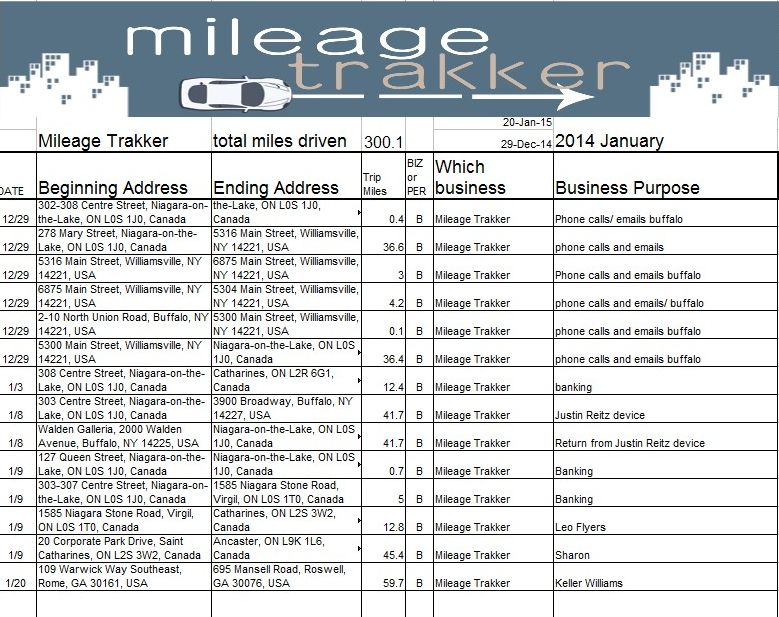Monthly Archives: November 2015
Digital Key
There has been much media attention applied to the massive hacking of various web sites to steal data. A lot less attention has been showered on the thieves that use radio receivers to capture and duplicate the electronic codes used for key-less car ignition. As a prudent strategy if you own a car that does not have a physical key, you should always avoid using the remote to lock the vehicle. This is especially true in a parking lot where it is impossible to detect whether a car thief is lurking in a nearby car. The current reality is unfortunate because our smart phones have the potential to increase security. It will take a lot more sophistication than we currently apply. We may need to delay the disabling of the device for a few days to enable a return trip home on a electric bicycle when your cell phone has died.
Just like insurance has a cost, it may be necessary to subscribe to a cloud security service. Within the cloud it is possible to store unique key codes series for each device. The location capability of the cell phone system, combined with a suitable app, can create a cloud based log that records the cell phone number and when and where the device was unlocked which will enable multiple users. We will hear stories about stupid thieves who use their cell phone to activate stolen devices.
As a teenage at Halloween, we thought it was funny to do a drive-by garage door opener run. This worked because the system was based on only a few codes, and a collection of remotes would result in enough matches to be fun. If the activation codes are ever changing, there is no advantage in thieves listening in. Thieves who use a radio (or blue tooth) to obtain a code will discover that it has been changed. In the transition period, not everyone will want to use a cell phone based key. A chip key should also be included such that the device is active when it is plugged in. Obviously, the advantage of the cloud database is that it becomes possible to sell replacement keys. The cell phone based replacement can happen quickly but a physical chip based key requires delivery. We can all relate to loosing a key sometime or other.
Change
My grandfather was a carpenter. In the Finnish community, this was a common profession. Finland is a land of many trees. Many of the immigrants arrived with the practiced skills and tools for working in wood. As a tiny boy, I was fascinated by the two man saws, augers, planes, chisels, files that were used in the craft. I inherited the Audels manuals that taught the methods for building a structure without using any nails. Sharpening was a key skill. Many hours are needed to file and set each tooth on a saw so that it cuts straight and true. This insight transferred into my occupation in custom metal cutting cutter design. The tools themselves are no longer relevant. A two man saw used to cut planks from timbers is not appropriate for cutting 4×8 (In true change fashion now a slightly different metric size) sheets of OSB (Oriented Strand Board). In a earlier age, ancient northern trees were cut down. The trunks were cut into timbers and floated back to civilization. The rest of the tree was left to decompose. As human population grows, it has become necessary to utilize more of the raw materials. Pretty much all of the wood of a tree can be shaved into the flakes that create OSB board. The sharpening skills of craftsmen have been replaced by mass produced cutting edges made from high technology materials.
My first job was pumping gas. This was consistent with my auto mechanic training and automotive design career goals. Not too bad in the summer. Out in open when the weather was bad. Checking fluids was necessity for most patrons. More reliable cars and self serve made all of that go away. A roof over the pumps made the task palatable for the general public. One of the interesting features of change is that old methods come back with a twist. As we adopt driver-less trucks, the gas pump jockey will reappear. Instead of fill the Truck with diesel, the fuel will be liquefied natural gas. Methane has 4 hydrogen atoms instead of 2 per carbon atom in diesel fuel. We need to make a dent in carbon and black soot emissions.
There won’t be quite as many trucks on the road though. Trains are more fuel efficient at moving goods. I suspect that the gentler grades are a big factor. The autonomous technology that guides AGV (Automatic Guided Vehicles) around warehouses will dispatch a myriad of driver-less train cars to the individual train sidings that lie unused around the country. Again this will come back with a twist. The size of the train car will be adjusted to match the sea land container that now dominates the transport of goods. The receiving plants will invest in the track fans needed to directly unload the cargo in the same fashion that multiple truck docks are currently implemented. As is true in most transitions, we will see loading docks with train rails that can also serve as truck docks. In much the same fashion that the ocean shipping converted from bulk cargo to containers, this change will migrate into the rail industry. As always change happens with a twist.
Approximation
In the classic tale, 3 blind men encounter an elephant. Each of them gives a different report based on their encounter. A space traveler flying by earth would see a water world covered in oceans. While this is the most accurate approximation, it would totally miss the land masses that are home to the earth’s population. Just like the blind man in the tale, some people who live in the great deserts of the world lack the personal experience to confirm the wet nature of our world.
Quoting is an exercise that is based on approximations. Most customers are unwilling to wait for the time that it takes to assemble a fully detailed list of the costs required to supply a product or service. The pendulum would need to swing really far back for customers to pay for estimates. I have not seen engineers paid for creating cost estimates since my dad worked for an engineering consulting firm. Successful lean firms usually receive quote requests to supply most of the product sold in their industry. This is especially true if they have evolved to the point where they are normally one of the lowest cost bidders. Purchasing agents are evaluated based on their ability to secure the best price. One of their tools is removing suppliers who refuse to quote every job from their bid list. José Ignacio (“Inaki”) López de Arriortúa invented a cost cutting tactic which appeared to work, because if you ask enough suppliers to quote, someone would bid less that it costs. Disgrace finally caught up with him when he was forced to resign from VW. Volkswagen agreed to pay GM $100 million and to buy $1 billion dollars worth of parts from GM to settle Lopez’s misconduct. The poor Tier 1 estimators who were bombarded with an excessive Lopez-inspired barrage of quote requests, gained the ability to estimate quickly and triage. Spreadsheets with tuned approximations were invented. In triage fashion two-thirds of the quotes were returned with a quickly calculated price that was 35% over market. I can only imagine the effect of approximate high bid pricing on the cost planners at automotive headquarters. Usually you should make an assessment of the capability of the lowest bidders before you spend 2 billion dollars supplying them with custom tooling. The fact that this tooling never made a part for GM is also part of Lopez’s legacy. At this juncture the effect of this unnecessary cash flow on the GM bankruptcy is simply arm chair quarterbacking. I remember Neil Armstrong (a professor at the University of Cincinnati where I went to school) talking about the danger of space travel. “As an astronaut, you remember that the rocket is made by the lowest bidder.”
The IRS uses our tendency to save time by using approximations to their advantage. Yes, it is possible to compute your mileage deduction using the distances computed by MapQuest. I know this because I have spent many a Christmas holiday recreating the log of mileage needed to qualify for the deduction. Now that my http://mileagetrakker.com device generates an accurate log for me, I discovered that the approximate method left a bunch of money sitting on the table. Actual trips include gas stops, detours, errands, procurement stops, sales calls that usually get left off the recreated list. Having lived both methods, I understand how it happens. Most of my trips occur when my business is busy. It is unusual to have an extra second or two to record mileage when you are running behind.
Format Wars
The VHS verses Beta cassette tape war is the classic example of a format war. Consumers who purchased a video tape player desired to purchase every future tape in the same format. Once they had a collection of tapes, even wearing out a tape player was not going to get them to change. The furniture industry jumped onto the bandwagon making shelving units to house our collections of tapes. This war raged on without a winner or loser until the DVD splashed onto the scene.. In the near future high speed internet and streaming video will displace DVD as the pace of technology accelerates. Streaming video will cause us to forget about the blue ray format war that superseded the Beta / VHS battle
Some format wars last for many years with no end in sight. A good example is the metric system. The engineering community had no problem quickly adopting metric dimensioning on drawings. In CAD especially, converting from one dimension system to the other is just a button click. The problem arose with legacy thread pitches. In the beginning of the industrial revolution, the first lathes were set up to create threads. In Europe these lathes had metric sizes. As luck would have it the imperial fine and coarse threads turned out to have better properties than fine and coarse metric threads. A rusted imperial coarse thread bolt can be loosened while a metric bolt usually must by drilled out. A imperial fine thread bolt will break unlike an overtorqued metric fine thread bolt that strips before it breaks. The imperial fine thread was invented by the Society of Automotive Engineers and is also called a SAE thread. They were looking for a thread that would not vibrate loose. A metric coarse thread is half way between a imperial fine and coarse thread. If it is perfectly tightened it will not vibrate loose. (US car mechanics had to purchase torque wrenches when metric bolts were adopted.) Most molds manufactured anywhere in the world use imperial coarse thread bolts. Companies cannot afford the expense of drilling fasteners every time they need to disassemble molds. The world conversion to metric is pretty much complete. It is possible that threads may be like pipe sizes. The world may continue to use the legacy imperial threads and pipe simply because they work better and the matching taps, fixtures, and related manufacturing equipment are already in place.
In the early days, when Microsoft was trying to displace Lotus, Timeline, Word Prefect, etc. they focused on interoperability. Once they became the dominate player they elected to create new file formats for Excel that could not be imported into Open Office. This may have worked for them if they had taken the time to verify that their newest version could successfully import legacy data. Companies which invested thousands of manhours in creating Excel files chose to continue to use the earlier version when the new release could not preserve the formatting. It is possible that Calc in Open office will never bother to write the code for importing the latest version of Excel. As a small fish caught in the turbulent format war water, my http://mileagetrakker.com application creates reports in the Excel 97 format.
Our users want compatibility. It does not matter whether they are using either version of Excel or Open Office Calc. The 97 format can transfer into any of them.
